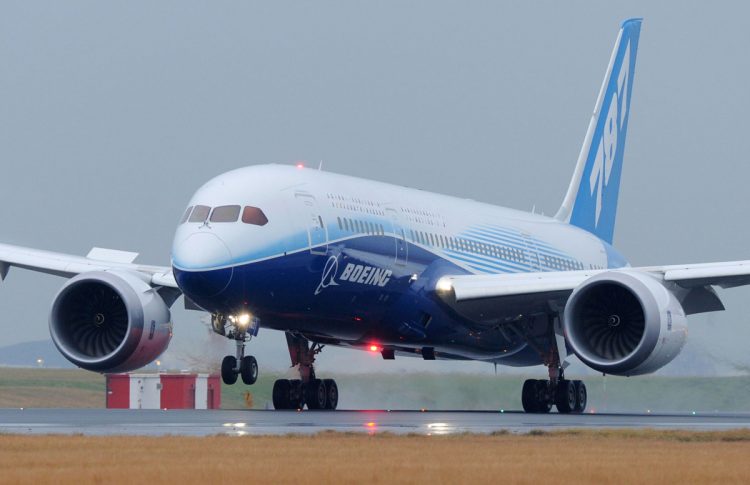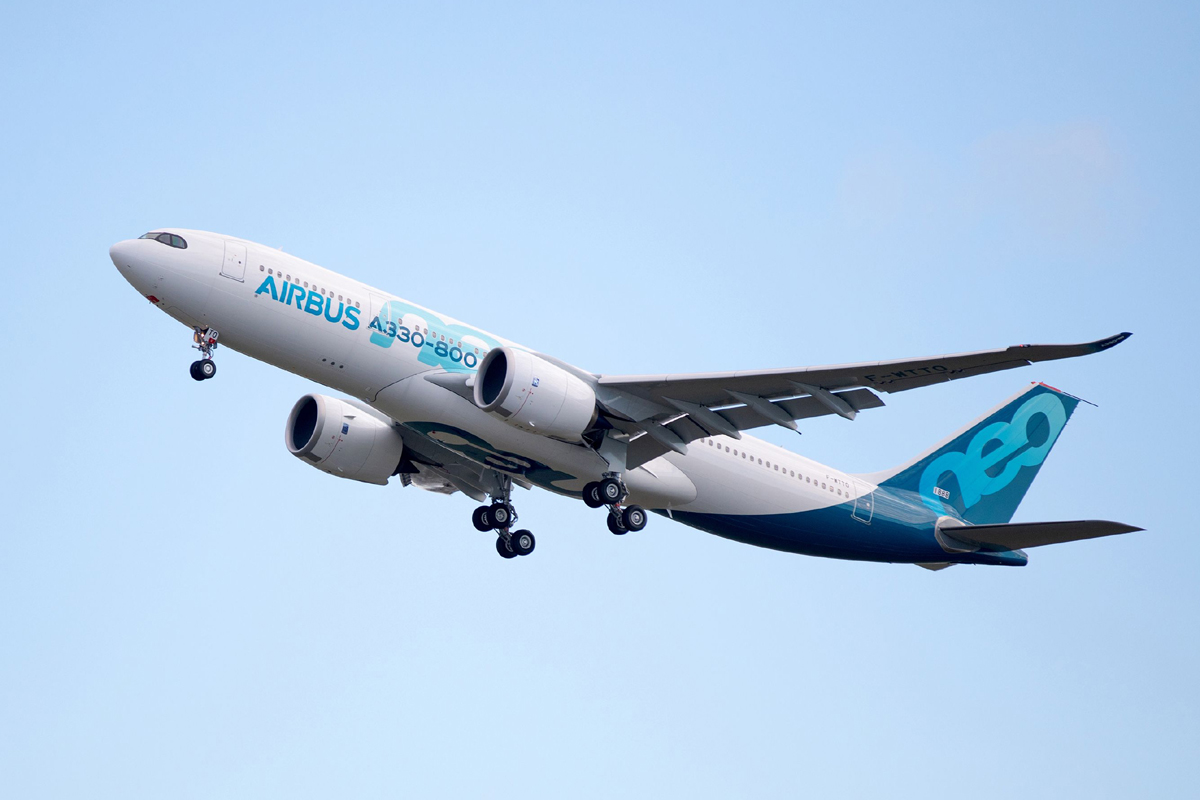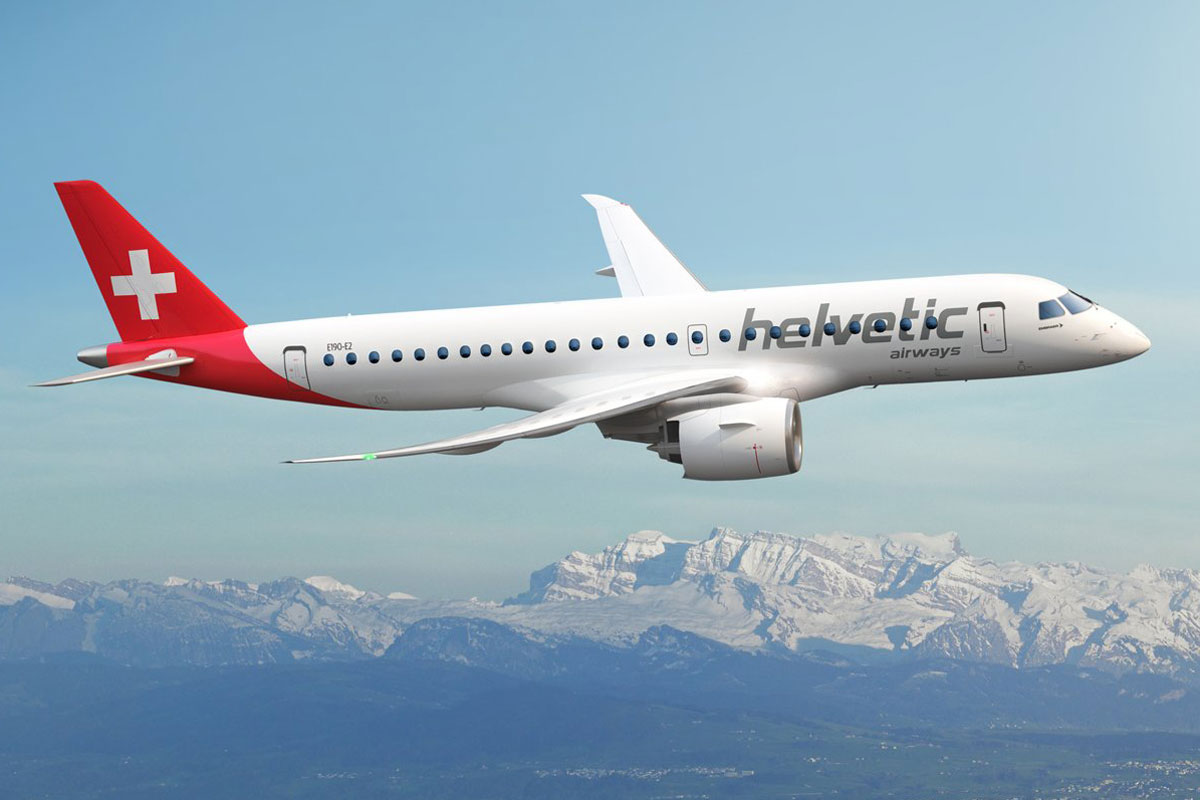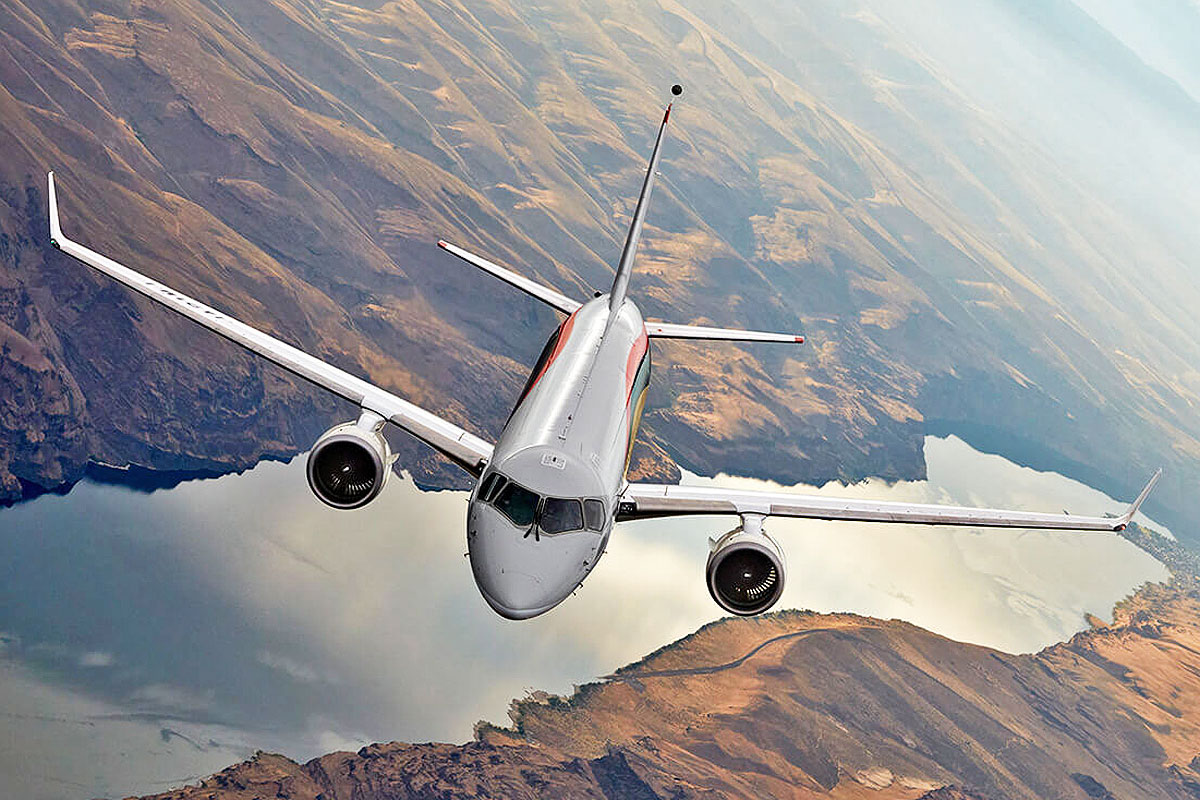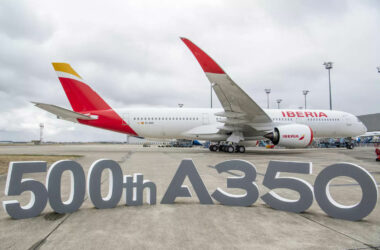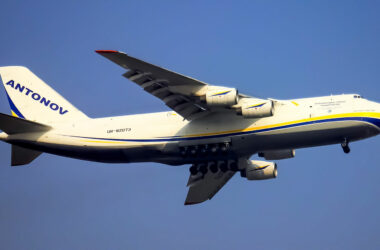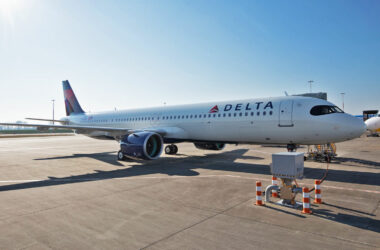Airbus decided to postpone certification of the A330-800 jet until 2020, changing the schedule for approval and commissioning of the smallest variant of the A330neo. Speaking during the presentation of financial results, Guillaume Faury, CEO of Airbus, said that the A330-800 certification would only take place in “early 2020”.
Airbus’ goal was to get the type certificate for the new commercial jet in the second half of this year. Faury gave no details of the reasons for the postponement, although demand for the A330-800 is still weak: only 10 aircraft were ordered (8 orders from Kuwait Airways and two from Uganda Airlines). In addition, the manufacturer has been focusing its efforts to accelerate the production of single-aisle jets of the A220 and A320neo families.
With confirmation of postponing certification, the A330-800 follows the same path of delays as the A330-900. The first model of the A330neo series faced a number of setbacks during its development and first deliveries took place only in November 2018. Until September, Airbus delivered 29 aircraft to 10 airlines, including TAP, its largest customer, and Azul. in Brazil.
The A330-800 was developed to replace the A330-200, launched in 1998 and with about 660 units assembled. The new jet retains the same length (58.8 m) and passenger capacity (257-406) as its predecessor, but has gained solutions for flying longer distances for trips up to 15,094 km.
The major changes to the A330-800 are the larger wings (from 60 meters to 64 m), new generation winglets, and the Rolls-Royce Trent 7000 engines, which deliver higher power with lower fuel consumption.
According to Airbus, the effect of the new technologies on the A330neo is a 14% reduction in fuel consumption and lower maintenance costs, as the new model still shares about 95% of the first generation A330 components.
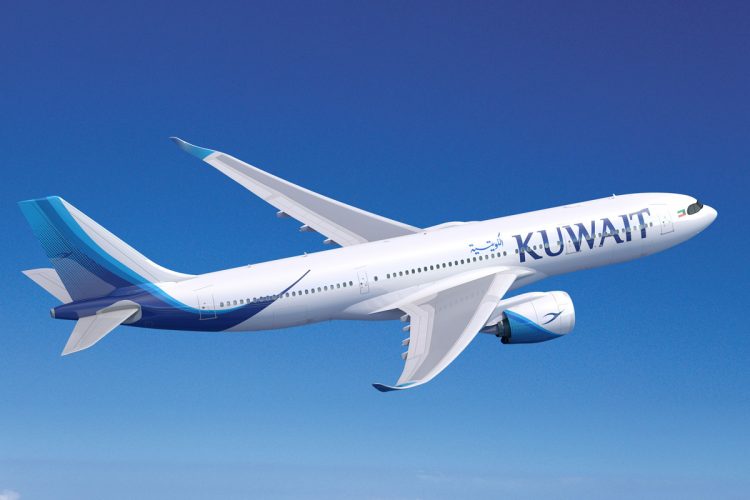
Rival for the Boeing 787
If the new Airbus widebody proves its capabilities, the Boeing 787 Dreamliner will have a strong competitor. Although not as advanced as the American jet, the A330neo, with its suggested ability to fly over 15,000 km, outperforms all versions of the 787 in autonomy and is only behind the 787-10 in number of seats.
The range of the A330-800 may still cause even a migration effect from the A350-900, which has similar autonomy (although carrying more passengers) but higher operating costs.
The price of the A330-800, valued at $ 259.9 million, can also attract operators, meaning it is theoretically cheaper than the 787-9 and 787-10, which cost between $ 281.6 million and $ 325.8 million – the A350-900 is priced at $ 317 million.
